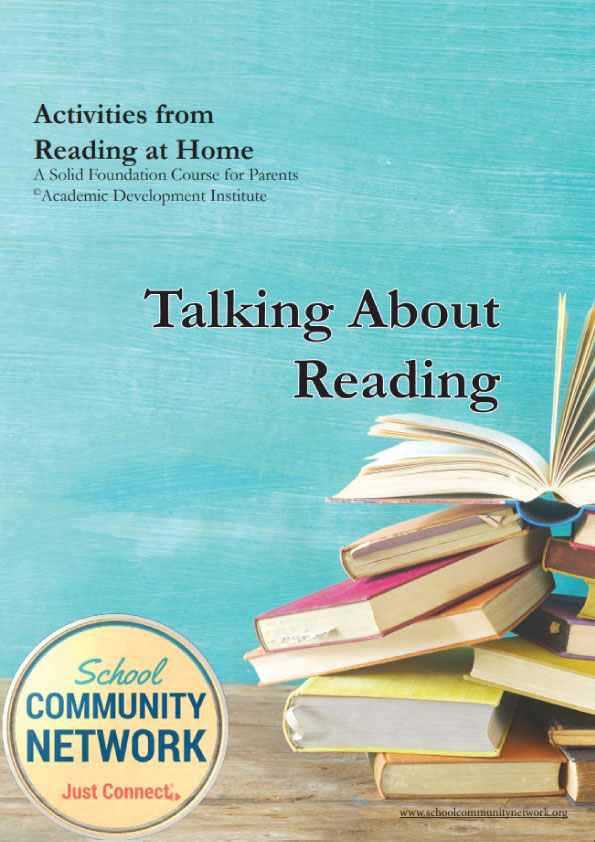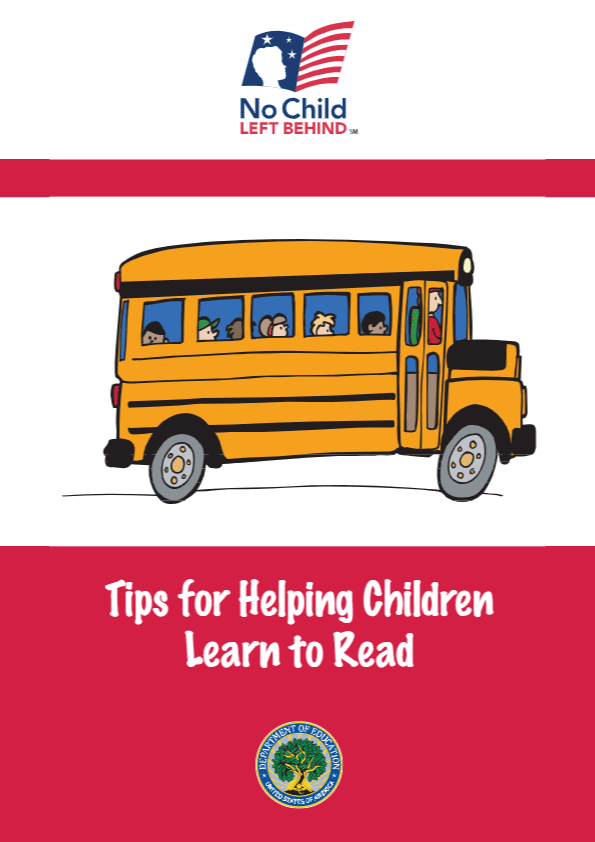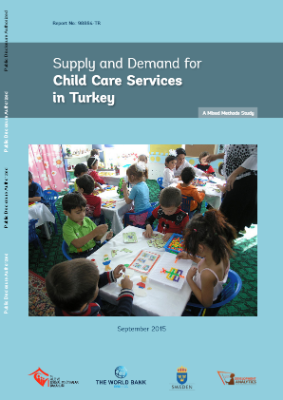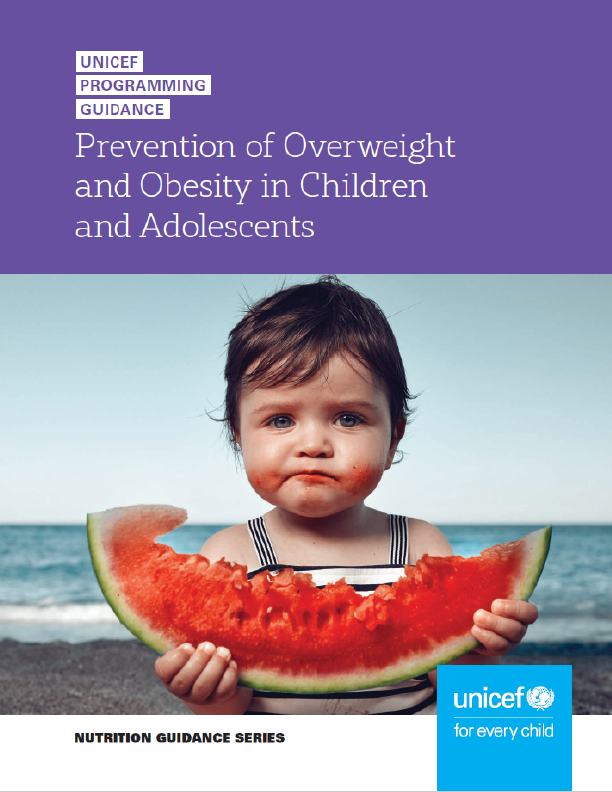Small children are fascinated by books. When parents, children, and books are together, special bonds of warmth and joy are formed. But as children grow older, reading becomes an independent activity. One way to renew the connection between parents, children, and books is to talk about reading. Talking about reading is a family activity that keeps alive the child’s desire to read and encourages the child’s habit of reading.
These questions can be used to start conversations about reading with our children. Pick a few to ask, give them time to think, and use active listening (see the Storytelling activities booklet).
- What have you read lately? Tell me about it.
- What is the best book or story you have ever read? Tell about the book or story and tell why you liked it so much.
- What topics do you like to read about?
- What is your favorite character from a book or story? Tell about the character and why you like the character so much.
- What is the best movie you have seen that was made from a book? Did you read the book? Which was better, the movie or the book? Why?
Family Reading Journal
Interview each member of your family each week to get the information for your family reading journal. The entries in the journal do not need to be long or detailed. Just a few words will do.
The family reading journal is a record of articles or books that family members read (or had read to them). If each family member makes just one entry each week, the family reading journal becomes an interesting family treasure. The family reading journal also encourages family members to talk with each other about their reading.
Example of family reading journal
Family Reading Journal
Date: October 2
Name of Reader: Carrie
Author: Aida Cortez
Title: “Actors and Their Hobbies”
Source: People Magazine
What is it about? Movie Stars and their hobbies
What does the reader think about it?
Interesting. One actor collects stamps, just like me
Help • Check • Praise
Parents can encourage the habit of reading with the Help • Check • Praise method.
Help • Check • Praise is a method parents use to develop habits and skills in their children.
Help is the first step in developing a good habit. Whether the habit is reading, fastening a seat belt, or tying a shoe, the child must first be HELPED to master the task. Helping is the most direct and personal way to teach. The word help implies that the child is performing the act with the parent’s assistance.
Check is the second step in developing a good habit. Once the child has mastered the task, the parent must check occasionally to see that the child continues to perform the task well. If the child is having difficulty, more help may be necessary.
Praise is the third step in developing a good habit. The best way to encourage a child to continue a habit is to PRAISE the child for the effort or work needed to do the task well. There is a caution—praising intelligence (“you’re so smart!”) can actually backfire and lead a child to avoid risk-taking out of fear of failure. So make sure you praise effort and hard work, whatever the current results might be.
Now suppose we want our child to develop the habit of reading a book or magazine. We would begin by helping the child—sitting down, showing the item, pointing out the different sections, asking what might be most interesting, taking turns reading, and talking about it.
As the child becomes a more independent reader, we will check once in a while to see how it is going. If we find that he is falling out of the habit of reading, we may need to help more.
As the child becomes an independent reader, the effort should be praised. A parent’s praise for hard work and sticking with it is a child’s best reward!
Families fall into habits. They eat dinner at about the same time each day. They often watch television at the same times throughout the week. Family reading time can also become a family habit. Set aside special times each week when everyone in the family reads. Start with a small amount of time, maybe 30 minutes, when everyone finds a good book or magazine and a cozy chair. Even the younger children can participate by looking at picture books and magazines. Family members read silently on their own. Then end the session by briefly “talking about reading”—you can use the questions on the page before this one. Make the time special with a snack. How do we assist our children in making family reading time a habit? With Help • Check • Praise, of course!











